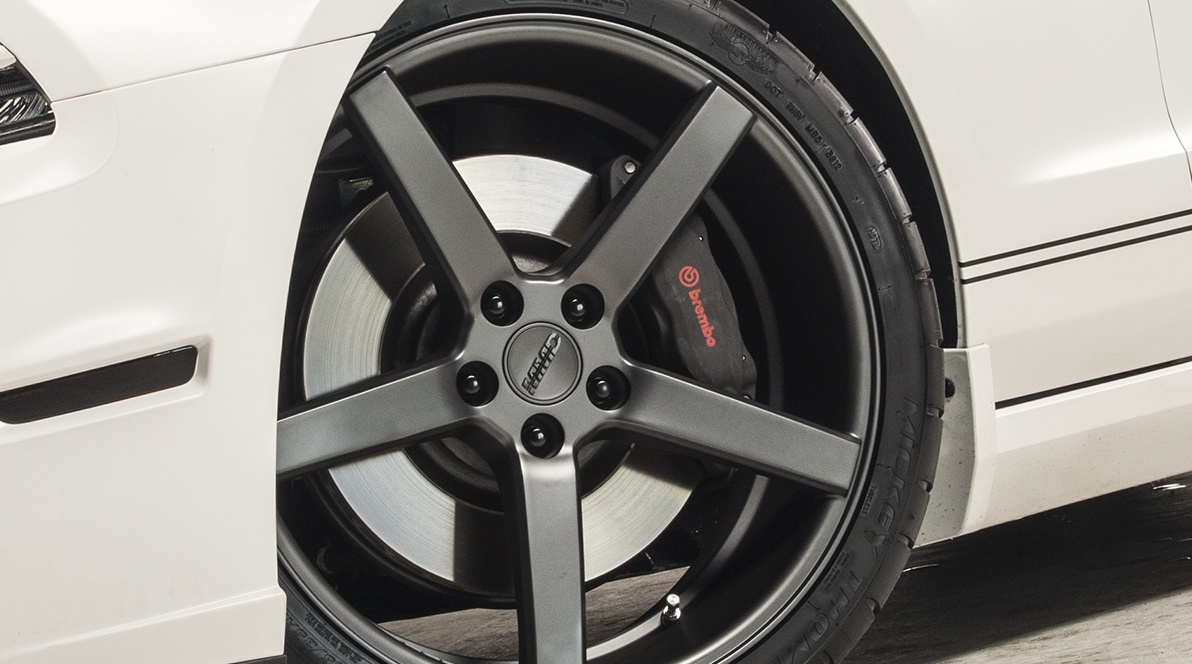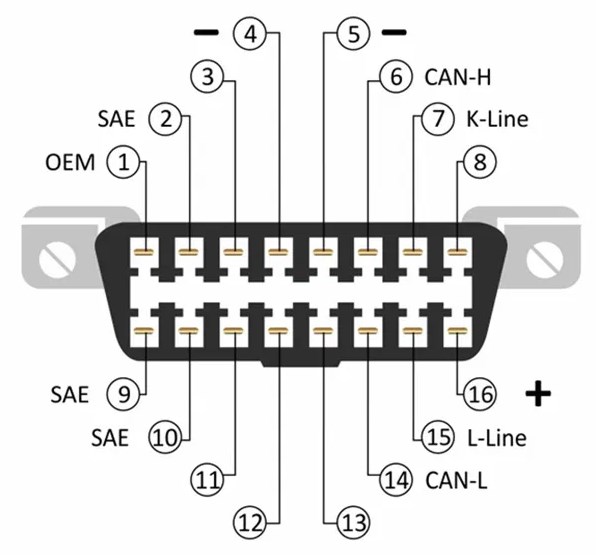
Why ceramic pads are the best option for your car
Lining wear depends on the type of material used in the vehicle, so it is important to check the linings at every vehicle maintenance every 6,200 miles.
The brakes, a hydraulic system, work on the basis of the pressure that is created when the brake fluid is released and pushes the pads to tighten the discs.
Brake pads are composed of a metallic or semi-metallic material and a type of paste that allows friction to be generated on the discs when stepping on the brake. Brake pads wear because pressure is released on the discs.
In a nutshell, linings have a very important job to do and their good condition is essential for optimum performance.
There are many different types of brake pads on the market, differing in price and materials.
There are also balats made of other material, such as ceramics. My comment in an article explains that: “The ceramic balls Composed of waxes, fiberglass and synthetic polymers called aramid. As you can imagine, the ceramic balls they are metal-free, making them even safer than semi-metal and more desirable for modern or late model vehicles.”
If you are thinking about replacing your car's pads, remember that they are a very important element to ensure your safety and avoid accidents that many people suffer from. That's why it's always good to buy quality brake pads, even if the price is a little higher.
Ceramic balats are the most recommended and suitable for both city driving and highway driving in cars and light trucks.
This model of brake pads is undoubtedly the most popular, as its technology and materials dissipate heat more efficiently; besides being less abrasive on discs and
Wear varies depending on the type of pad the vehicle is using, so it is important to check the pads every 6,200 km (XNUMX km) of the vehicle. It is recommended to change them every time the mechanic suggests it, so that the brake system works correctly all the time.
Brake pads are priced between $100 and $300 per tire in the United States, and this is largely due to their quality.
:
